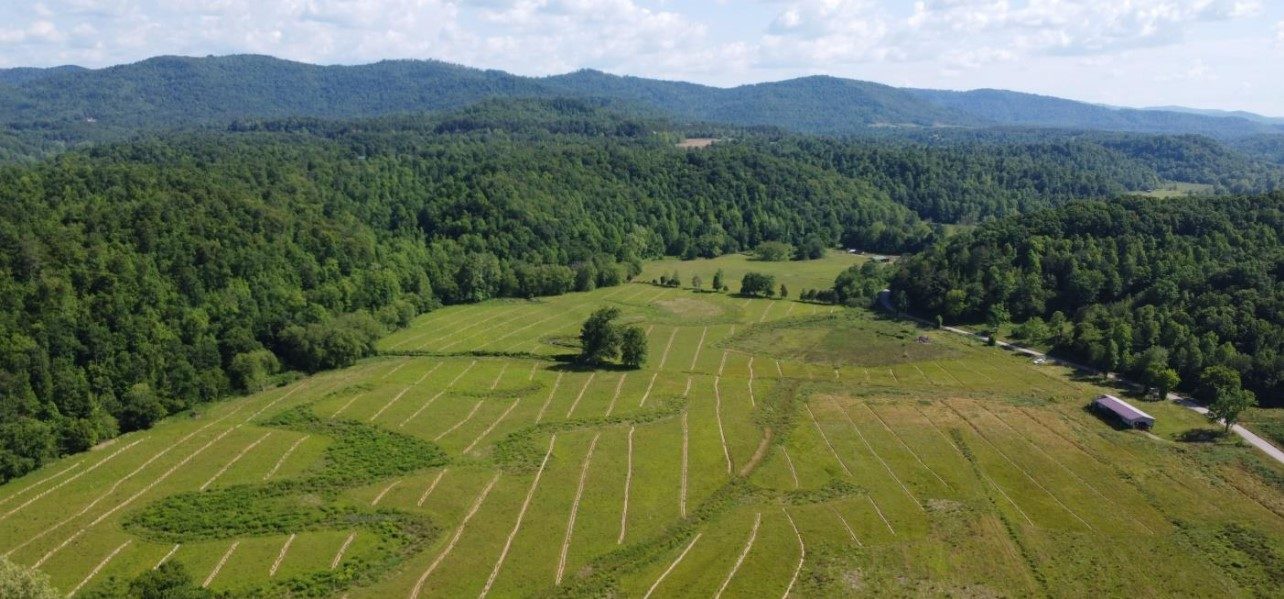Marsh Creek Wetland and Stream Mitigation Site
CONTACT


PROJECT SNAPSHOT
Project Type
- In-Lieu Fee
- Mitigation Bank
Location
Kentucky | McCreary CountyService Area
Upper Cumberland Basin | Service Area 8Project Size
- Wetland: 41 AC
- Streams: 3,659 LF
Solution
Wetland and Stream MitigationCredit Types
- Bottomland hardwood forest
- Riparian re-establishment
- Stream
- Wetland
Ecological Setting
- Streams
- Wetlands
Ask About Credits
The RES team has completed several projects to restore wetlands and streams throughout Kentucky and the Upper Cumberland as part of the Kentucky Wetland and Stream In-lieu Fee Program, within the bounds of the Daniel Boone National Forest. The Marsh Creek Stream and Wetland Restoration Project, a key initiative in this program, focuses on reestablishing stable, self-sustaining streams and forested wetlands in the Marsh Creek floodplain, an Outstanding National Resource Water area due to its high-quality waters.
Historically, this site was significantly altered for agricultural use through ditching and channelization, primarily supporting cattle grazing. These changes enhanced runoff but impaired the site’s ecological functions, such as nutrient cycling and sediment storage. The current project aims to restore the natural wetland hydrology and native vegetation and reintroduce natural stream curves to enhance water retention, improve nutrient cycling, and increase floodwater and sediment storage capacity.
Additionally, the project will enhance intermittent stream variability and quality, promote the establishment of high-quality native vegetation in wetland and riparian areas, and extend the riparian zone of Marsh Creek. These efforts will improve habitat quality and permanently protect these areas, helping maintain biodiversity and support federally threatened and endangered species.
The restoration also addresses the altered sections of Marsh Creek, which have been straightened and relocated. By allowing Marsh Creek and its tributaries to return to more natural pathways, the project aims to protect these critical areas from future development and ensure their role as a vital ecological buffer for years to come. This approach offers significant potential for ecological improvement and developing previously impacted wetlands and streams into thriving ecosystems.
